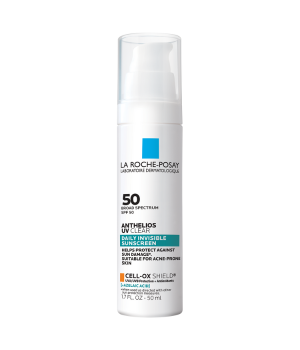Azelaic Acid
TYPE OF INGREDIENT
Antioxidant
COMMONLY FOUND IN
Topical skincare products sold over the counter and by prescription.
WHAT ARE THE BENEFITS OF AZELAIC ACID?
As an antioxidant, azelaic acid neutralizes free radicals and decreases inflammation. Azelaic acid also inhibits tyrosinase and produces a direct anti-proliferative effect on the melanogenesis pathway. It does not affect the normal melanocytes and does not lead to ochronosis on prolonged use as seen in 4% hydroquinone.
Azelaic acid has also been found to be an effective treatment to help reduce the appearance of acne, especially in adult women. Research has demonstrated that topical azelaic acid can play an important role in the acute management and maintenance of adult acne due to its anti-inflammatory mechanism of action.
WHAT IS AZELAIC ACID?
Azelaic acid is a chemical compound found naturally in some grains as well as in a fungus called Malassezia furfur that grows on the skin.
IS AZELAIC ACID SAFE FOR ALL SKIN TYPES AND TONES?
Topical use of azelaic acid is well tolerated, with adverse effects limited to generally mild and transient local cutaneous irritation.
CONTRAINDICATIONS
There is minimal data on contraindications for the topical application of azelaic acid. Although rare, patients with an allergy to azelaic acid, its components or its byproducts should avoid use of products containing azelaic acid.
Sources:
Balina LM, Graupe K. The treatment of melasma. 20% azelaic acid versus 4% hydroquinone cream. Int J Dermatol. 1991 Dec;30(12):893-5.
Layton AM, Dias da Rocha MA. Real-World Case Studies Showing the Effective Use of Azelaic Acid in the Treatment, and During the Maintenance Phase, of Adult Female Acne Patients. Clin Cosmet Investig Dermatol. 2023 Feb 24;16:515-527.
Searle T, Ali FR, Al-Niaimi F. The versatility of azelaic acid in dermatology. J Dermatolog Treat. 2022 Mar;33(2):722-732.
Fitton A, Goa KL. Azelaic acid. A review of its pharmacological properties and therapeutic efficacy in acne and hyperpigmentary skin disorders. Drugs. 1991 May;41(5):780-98.






